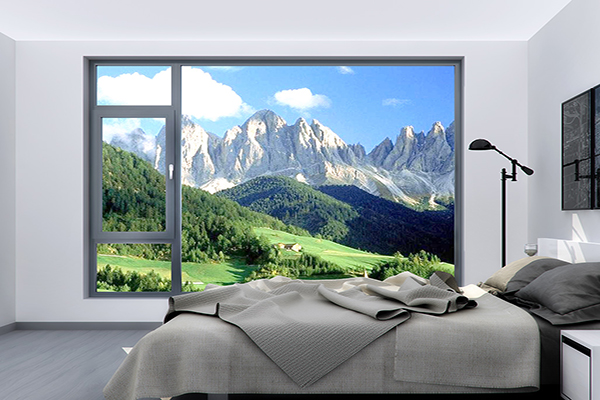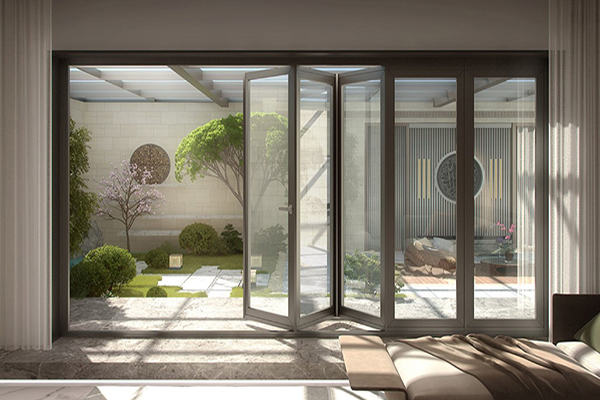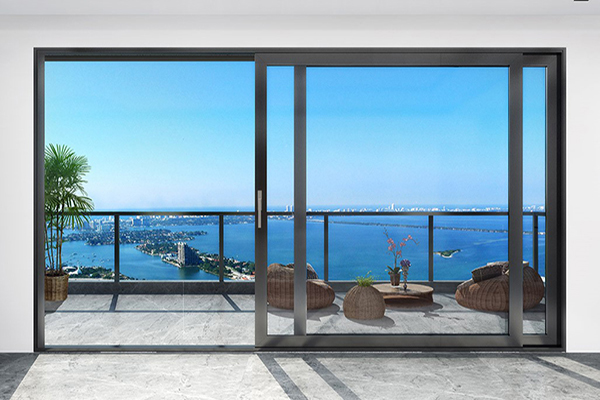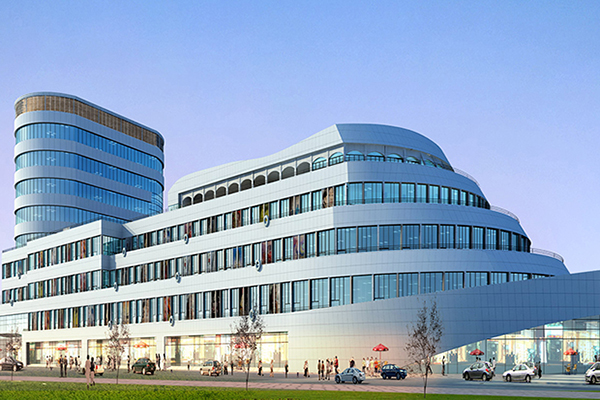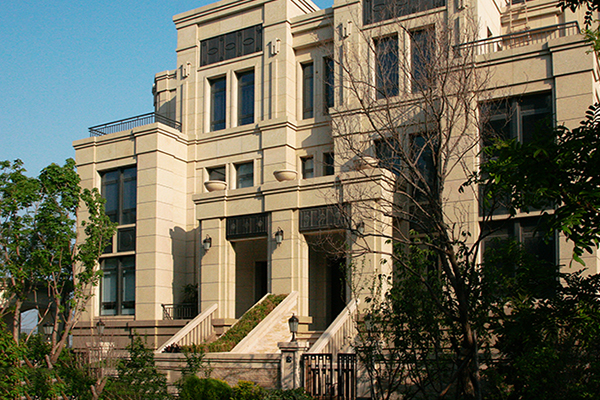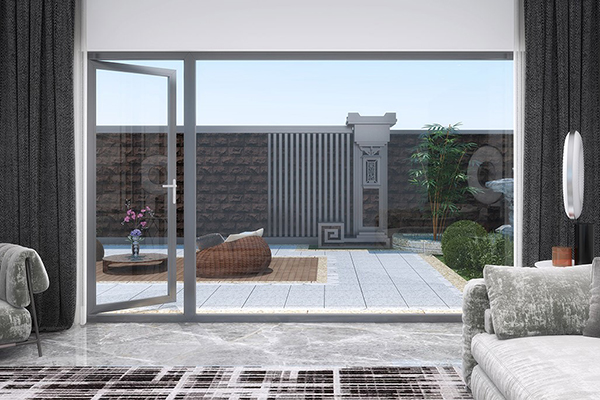What are the types of glass curtain walls
Frame supported glass curtain wall
Explicitly framed glass curtain wall: this is the most common type. It has metal frame members exposed on the outer surface of the panels, creating an obvious framing effect. The frame can be aluminium alloy, steel and other materials. The advantage of this curtain wall is that the cost is relatively low and the installation process is relatively simple.
Hidden frame glass curtain wall: its frame glass curtain wall are bonded to the metal frame with structural adhesive around the periphery of the glass panels, so that the frame is almost invisible from the outside, presenting an all-glass appearance effect. This kind of curtain wall is suitable for the pursuit of modern, simple architectural style of the building. However, hidden its frame on the quality of structural adhesive and construction technology requirements are higher, because the structural adhesive to withstand the self-weight of the glass and a variety of external forces.
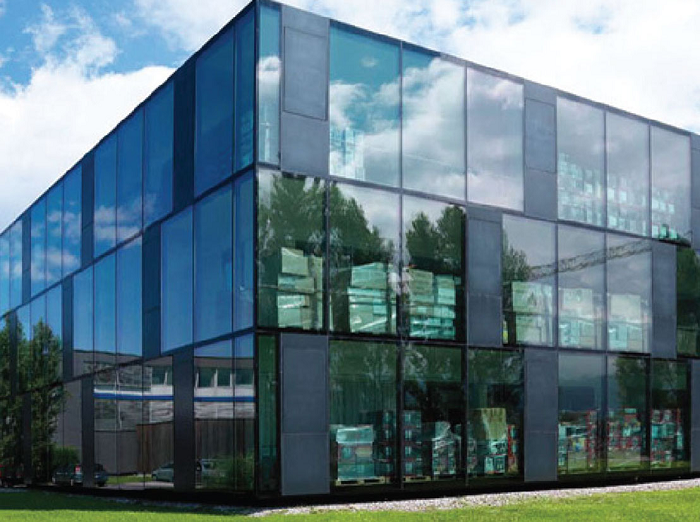
Semi-hidden frame glass curtain wall: Semi-hidden frame glass curtain wall is a type between open frame and hidden frame. It is divided into two forms: hidden vertical and hidden horizontal. Horizontal hidden vertical refers to the horizontal frame of the glass with structural adhesive bonding hidden, while the vertical frame is exposed; vertical hidden horizontal Ming is the opposite.
All-glass curtain wall is a type of curtain wall that uses glass as the main force structure. It uses large sheets of glass, which are supported and fixed by special connecting devices (such as glass ribs). Commonly used in the building's lobby, atrium and other parts that need to emphasise spatial permeability and visual continuity.
Point-supported glass curtain wall
Point-supported glass curtain wall is fixed on the main structure of the building through stainless steel claws, rods or cables and other connectors to the glass panel. The force points on the glass panels are relatively few, and these bearing points are regularly distributed on the glass, such as four-point bearing, six-point bearing, etc. This curtain wall form has unique architectural characteristics. It is suitable for some unique shape, the pursuit of artistic expression of the building, such as urban landmark buildings, culture and art centres. However, the point-supported it requires high strength of the glass and quality of the connectors, because the glass mainly relies on these supporting points to bear various loads.


